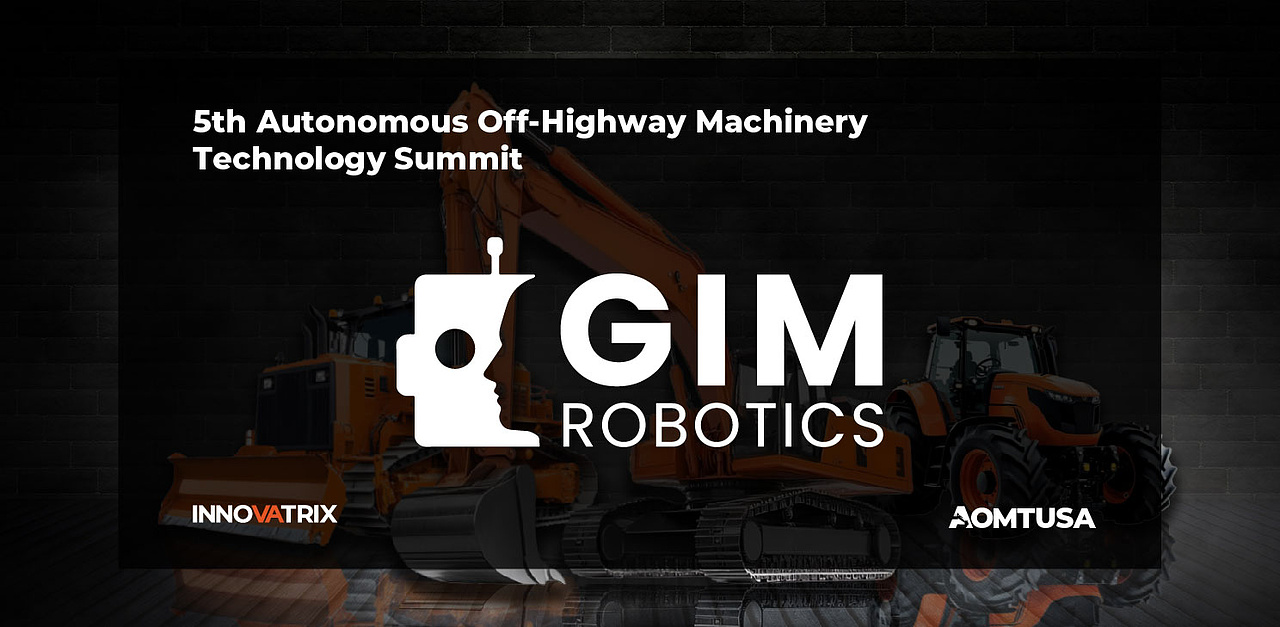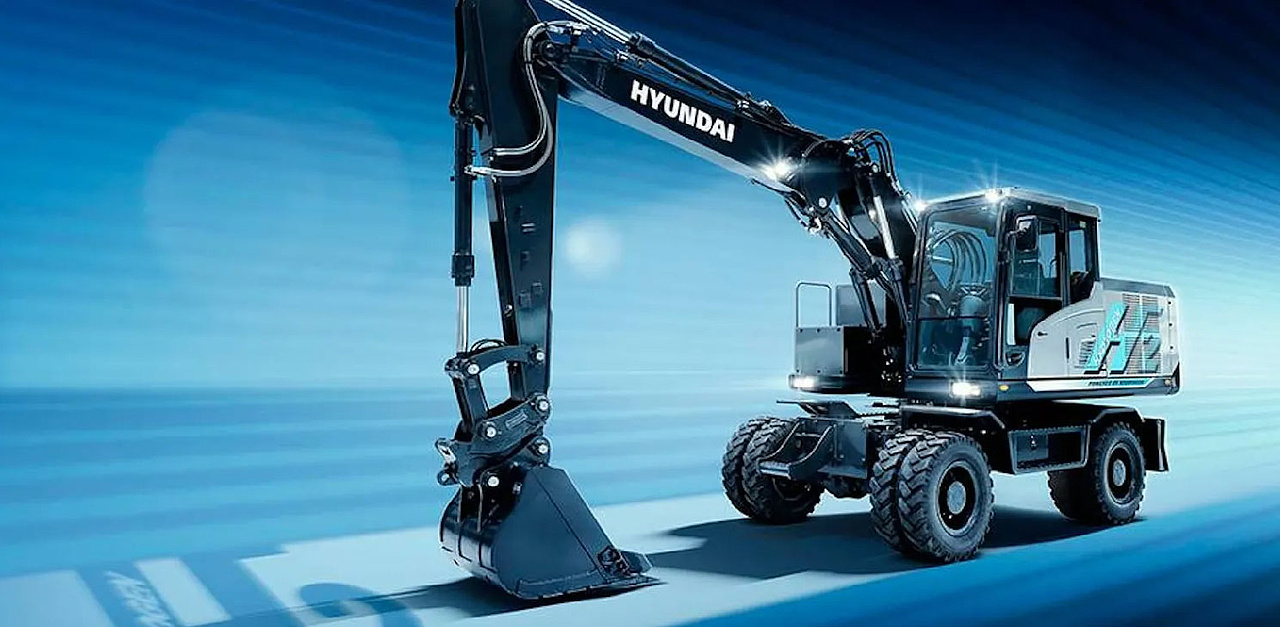With international and government regulations changing to incentivise and promote the use of green technology in a bid to reduce emissions, there has been a shift in the use of zero emissions (ZE) off-highway vehicles on job sites. These vehicles, which include electric excavators, bulldozers, and loaders, are transforming how construction projects are carried out, reducing carbon footprints and improving air quality.
Mobile machinery like construction vehicles are a significant source of air pollution as they are powered by diesel internal combustion engines which release exhaust fumes like NOx. By transitioning to zero-emission vehicles there is a significant reduction in greenhouse gas emissions. ZE off-highway vehicles that use power sources like batteries or hydrogen fuels, help construction sites meet stricter environmental regulations and corporate sustainability goals.
ZE construction equipment also improves health and safety as the usual diesel-powered machinery releases harmful pollutants, which can negatively impact the health of workers on construction sites. By reducing or eliminating these emissions, ZE construction equipment can help improve air quality, reducing respiratory issues and other health risks associated with long-term exposure to diesel fumes.
Despite their high upfront costs, ZE construction machinery has lower long-term operational expenses overall. Electric vehicles require less maintenance compared to diesel-powered machinery, which involves regular oil changes, exhaust system repairs, and more. Additionally, the cost of electricity is generally lower than diesel fuel, further boosting potential savings.
Constriction sites are often located in residential areas or crowded urban environments where noise pollution can cause issues with residents and local government. ZE construction off-highway vehicles tend to be quieter than their diesel counterparts, being less of a nuisance for both those located on and off the job site. Reduced noise pollution can lead to improved worker communication and lower noise-related disturbances in surrounding communities.
However, ZE construction equipment have a limited range due to a less expansive charging infrastructure compared to the ease of refuelling a diesel engine. Charging stations or hydrogen refuelling infrastructure are still developing in many regions, which can create logistical challenges, especially on large or remote construction sites.
Many ZE construction off-highway vehicles are powered by batteries but current energy storage solutions may not provide enough power for extended periods of heavy-duty operation that some projects may require. Additionally, they may not match the power, uptime and adaptability that diesel vehicles are capable of due to their limited power source which may restrict them from being used in high-demand environments.
Zero emissions off-highway vehicles offer a promising future for the construction industry, contributing to cleaner, safer, and more cost-efficient job sites. Despite challenges and a lack of versatility compared to some diesel-powered vehicles, zero-emission vehicles will become increasingly commonplace as continued investments and innovations make them the preferred choice. To discover the latest in innovations and technology for zero-emissions construction machinery, network with peers and solution providers and attend talks from industry leaders, book your place to attend the 6th Design and Development of Zero-Emissions Off-Highway Machinery Summit will be taking place May 21-22, 2025 in Berlin, Germany.
For more information, click here or email us at info@innovatrix.eu for the event agenda.













